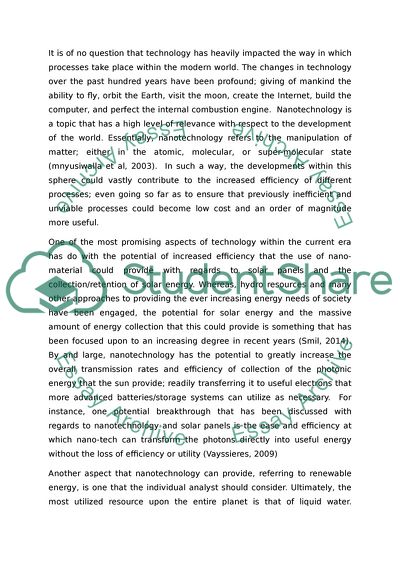Cite this document
(“Chapter 2 Essay Example | Topics and Well Written Essays - 3500 words”, n.d.)
Chapter 2 Essay Example | Topics and Well Written Essays - 3500 words. Retrieved from https://studentshare.org/architecture/1678572-chapter-2
Chapter 2 Essay Example | Topics and Well Written Essays - 3500 words. Retrieved from https://studentshare.org/architecture/1678572-chapter-2
(Chapter 2 Essay Example | Topics and Well Written Essays - 3500 Words)
Chapter 2 Essay Example | Topics and Well Written Essays - 3500 Words. https://studentshare.org/architecture/1678572-chapter-2.
Chapter 2 Essay Example | Topics and Well Written Essays - 3500 Words. https://studentshare.org/architecture/1678572-chapter-2.
“Chapter 2 Essay Example | Topics and Well Written Essays - 3500 Words”, n.d. https://studentshare.org/architecture/1678572-chapter-2.


